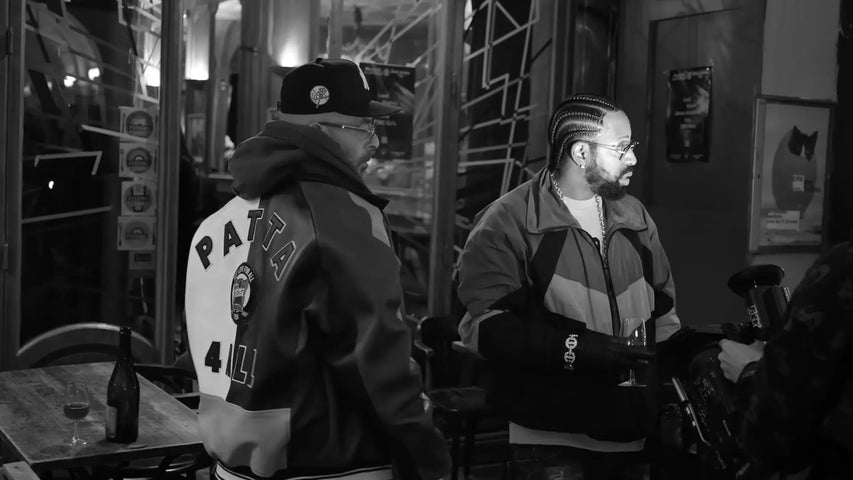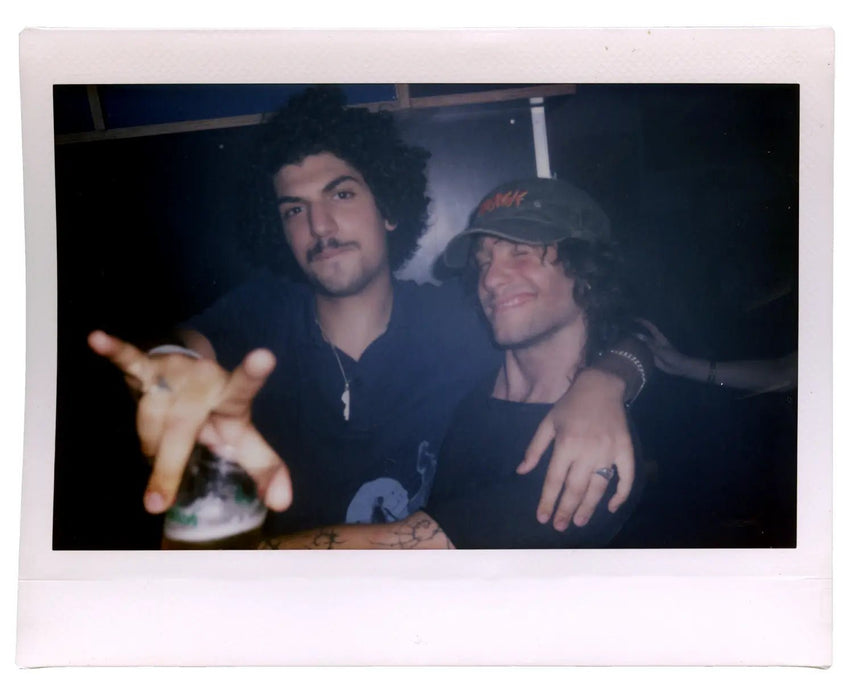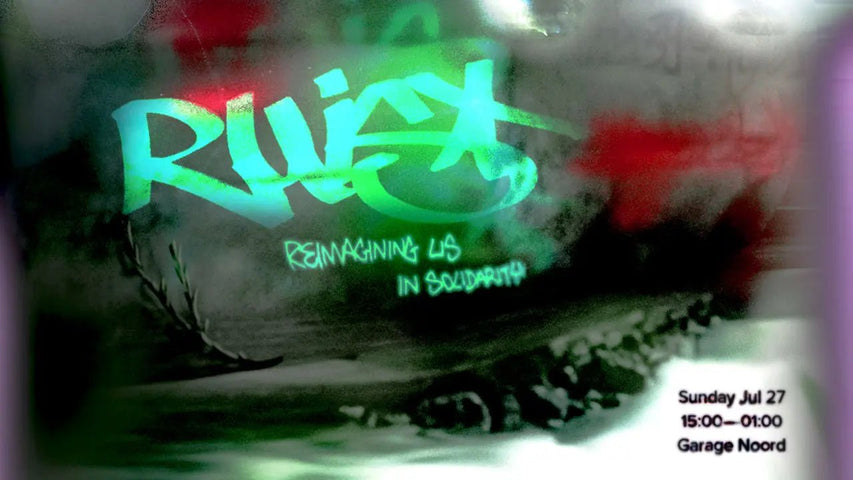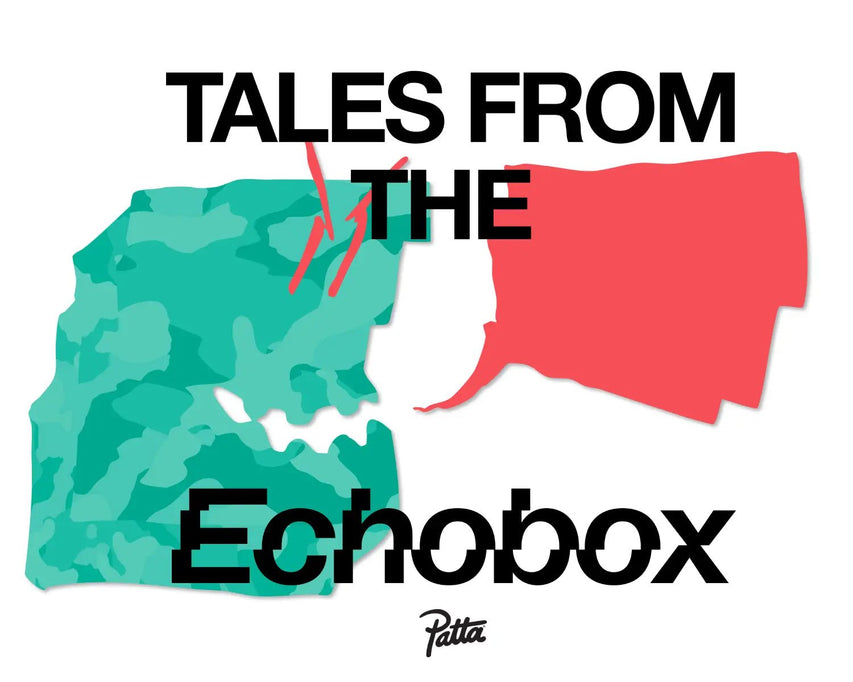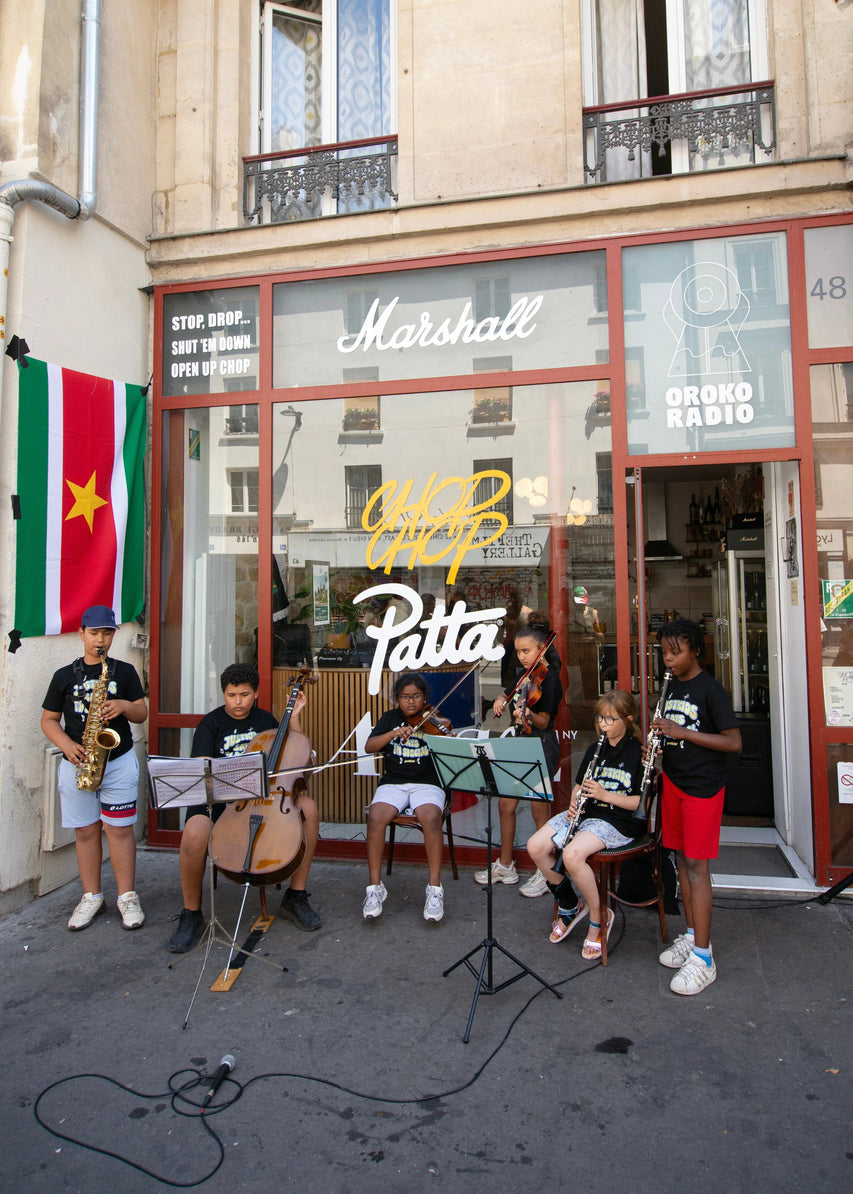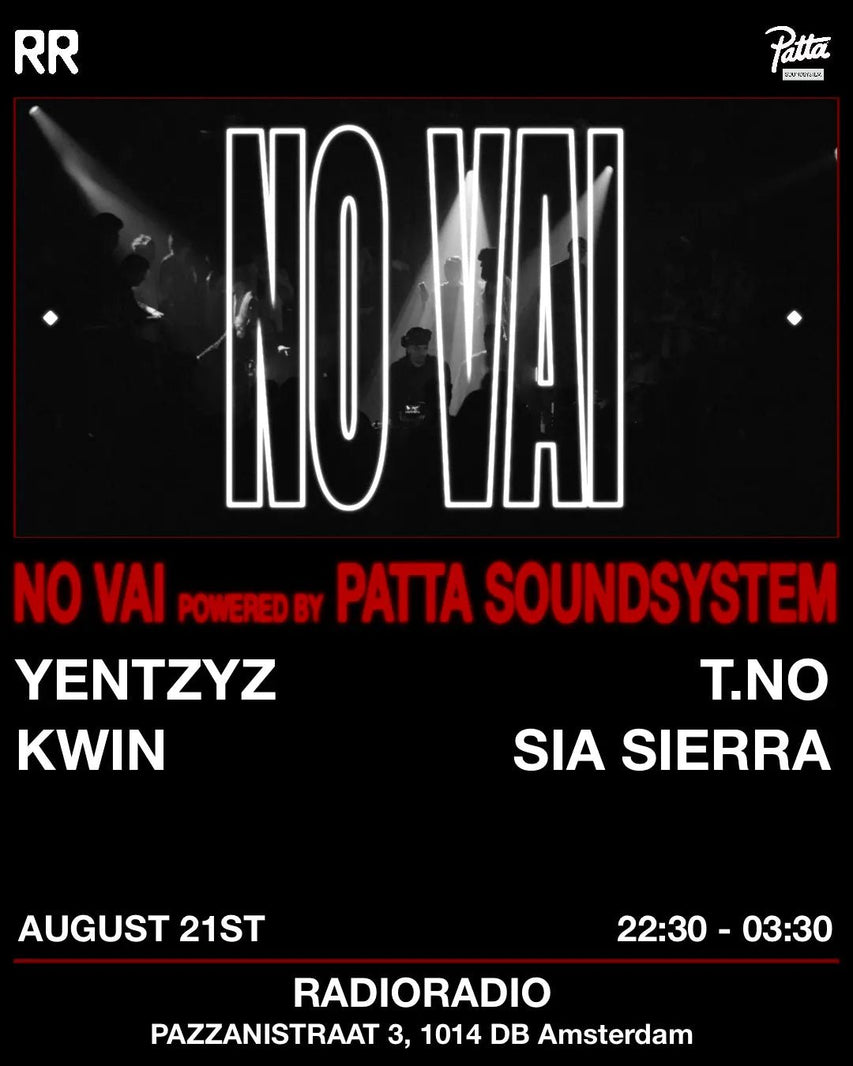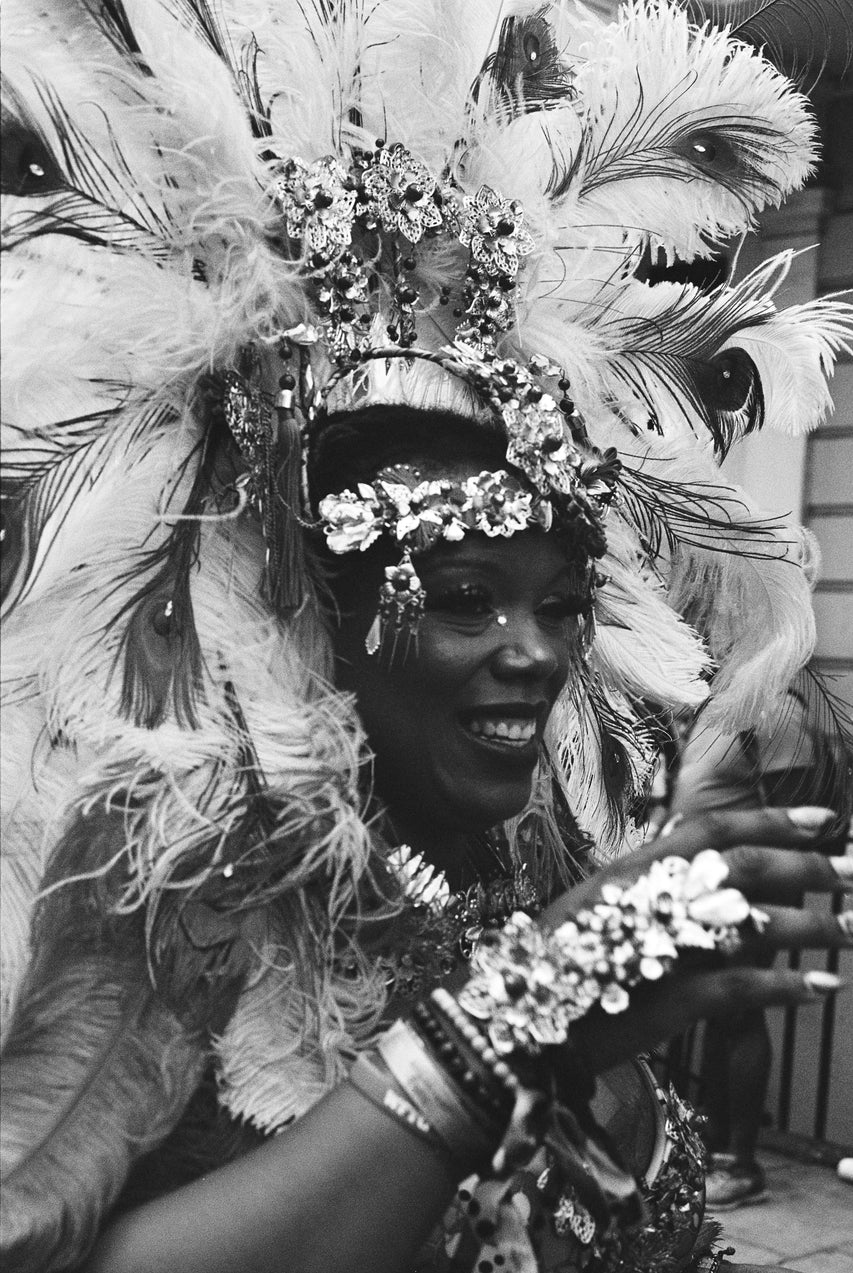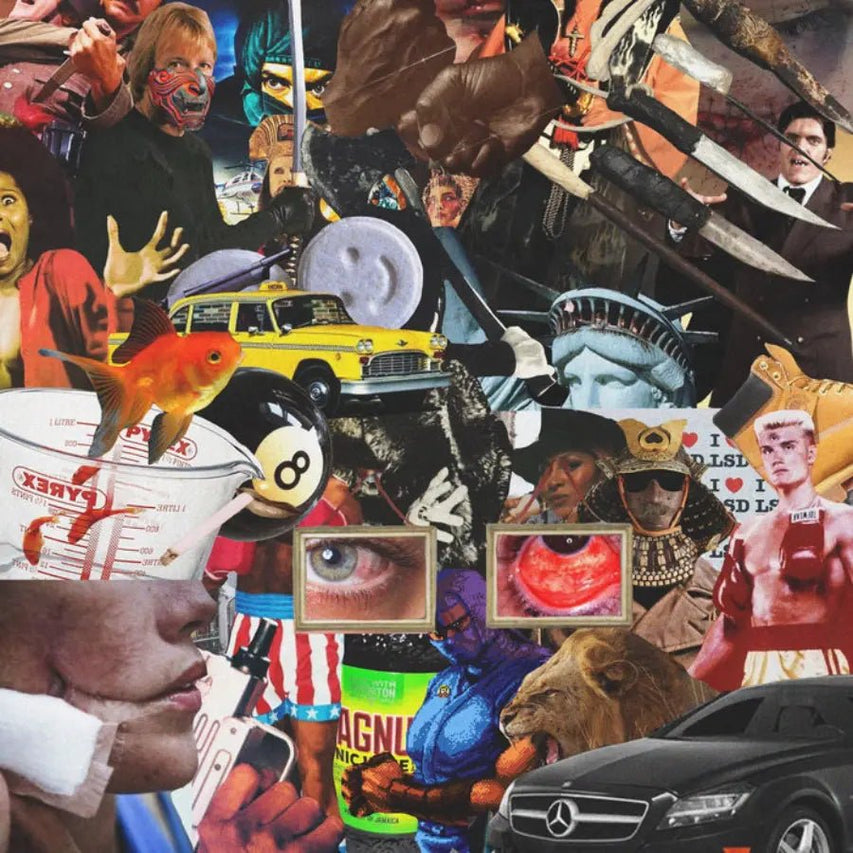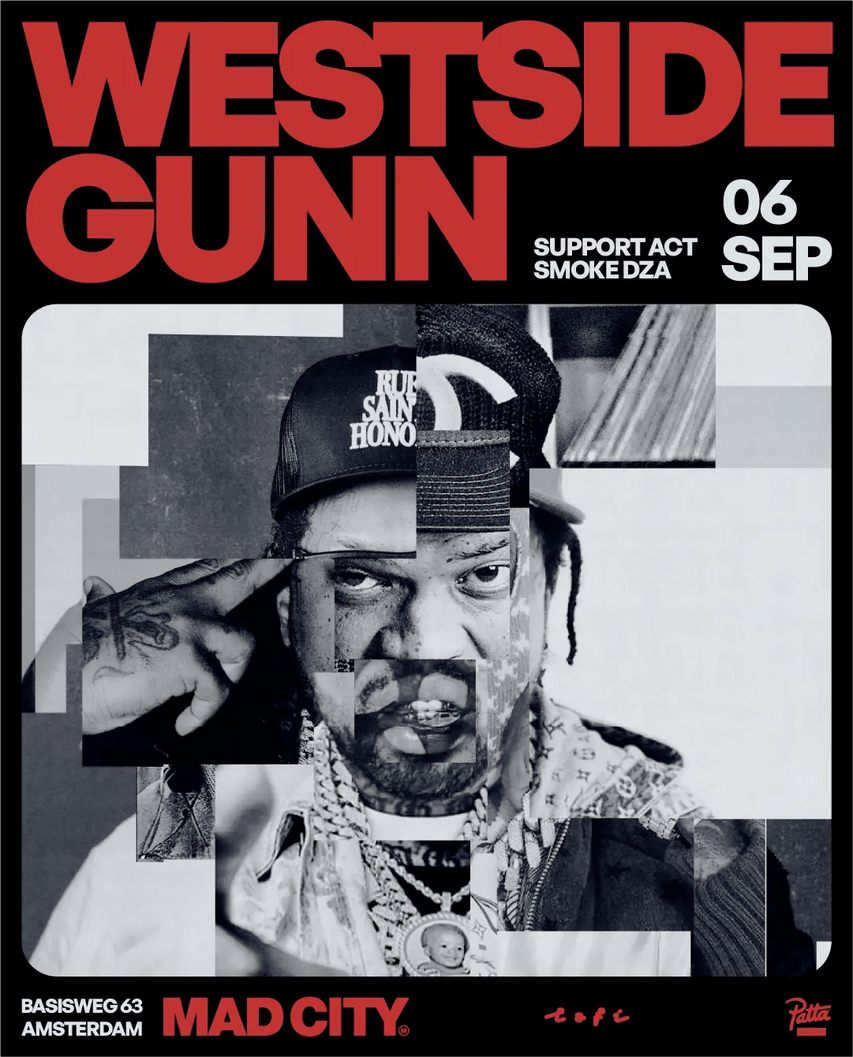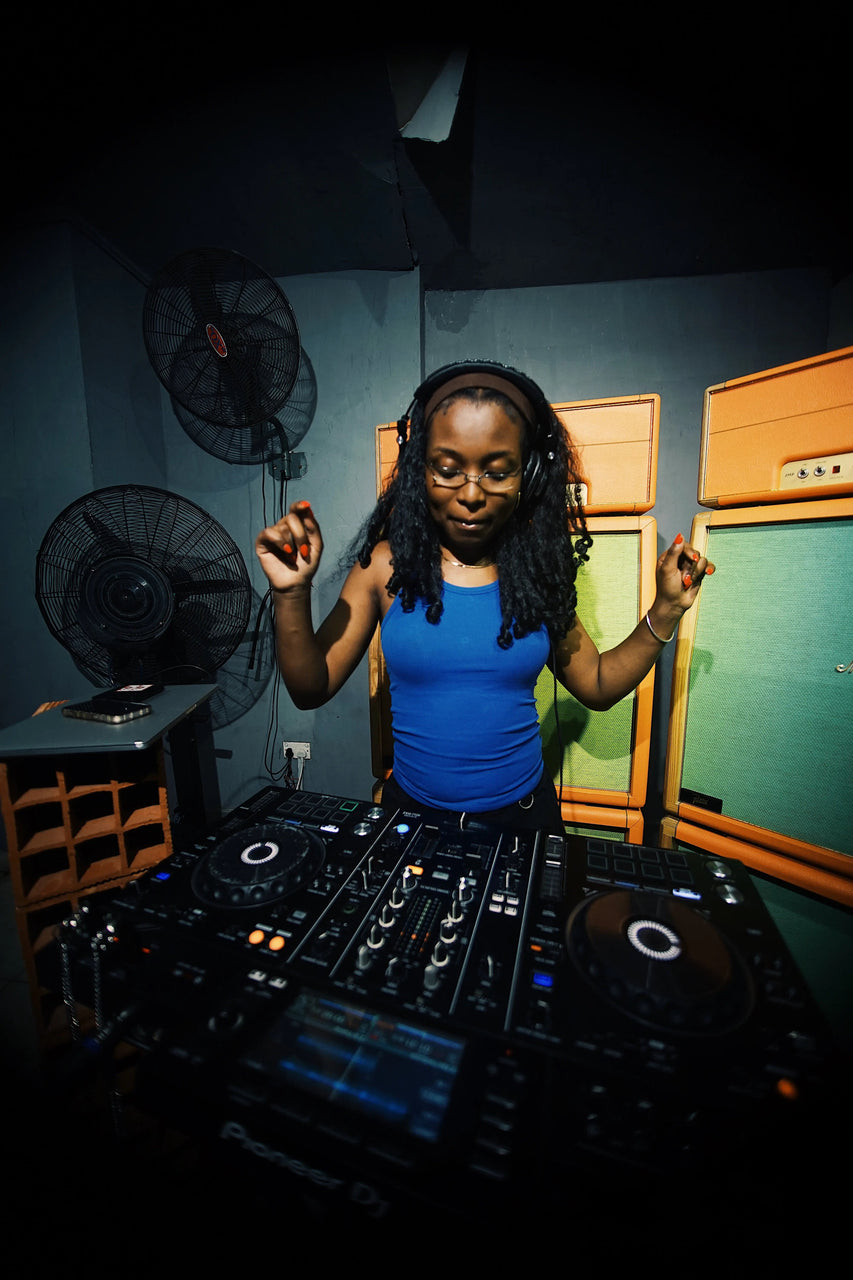
Tales From The Echobox 011
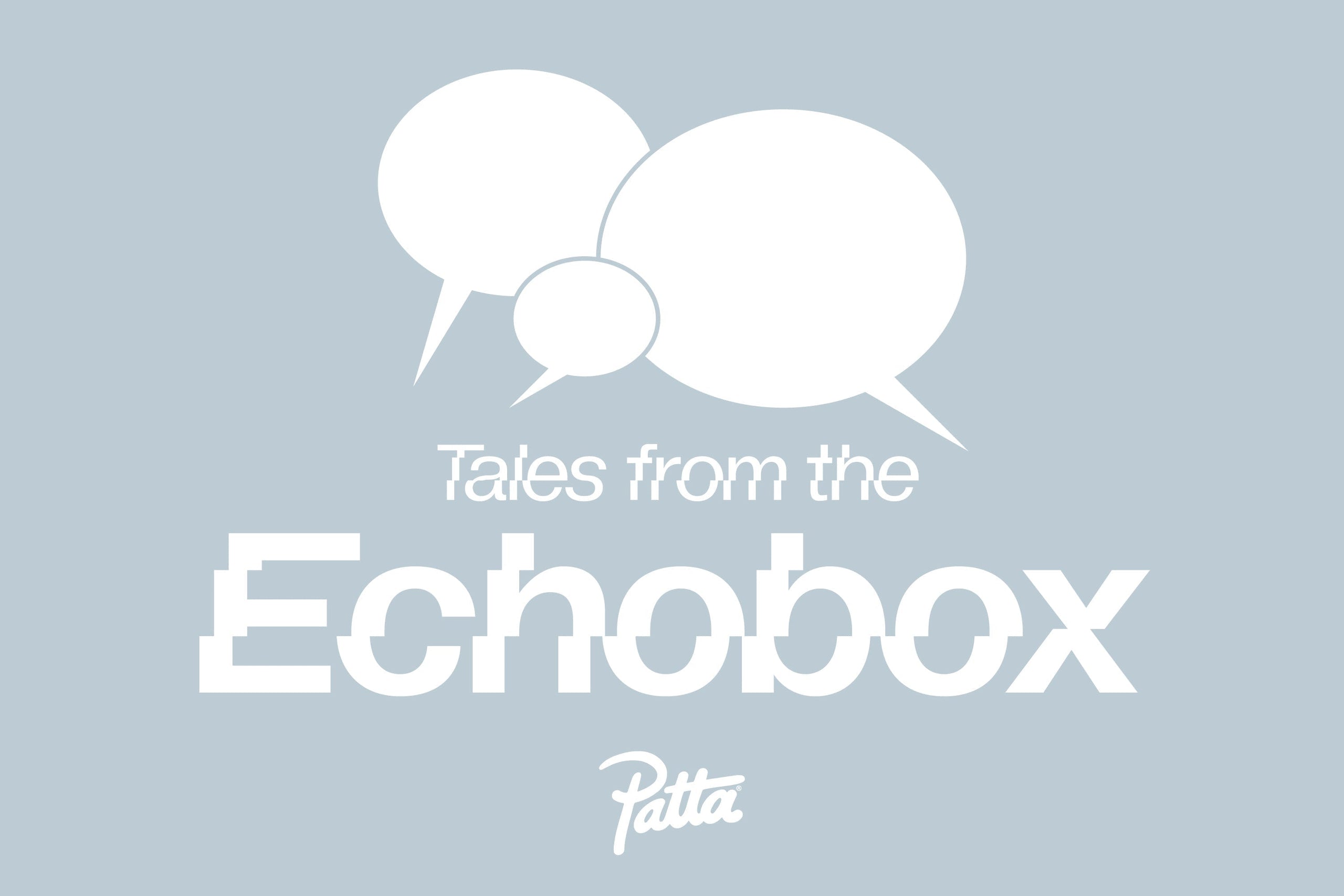
After a year full of amazing collaborations with Echobox, we welcome you to the last edition of Tales from the Echobox in 2022. The station has evolved leaps and bounds over the past few months including a collaborative T-Shirt with Patta and as well as winning the Amsterdam Prize for Art 2022. Echobox has been forging a path for community radio by showcasing the diverse characters and concepts that surround them. In this feature, we will be looking into a few of the broadcasts that you can tune into so get locked in and don’t touch that dial.
Alternative Planet FM
Sammie and Mila, how did you meet and become friends?
Sammie: We met at a Patta BBQ event where I had to play, I then saw Mila and complimented her on how cool she looked. I already knew who Mila was through social media and I was very impressed by her both as a person and an artist. I strongly felt that I wanted to connect with her because I thought she was such an inspiring person from whom I could learn and this proved to be true.
Mila: I had been seeing Sammie around DJ’ing and I thought she was such a dope chick I wanted to get to know. Then when she approached me at the BBQ we instantly clicked and I asked her if she wanted to stay in my tent at Lowlands cause I had space left haha. And from then on we just started vibing both on a friendship and creative level.
What is the thinking behind Alternative Planet FM? What is the role of the object that guests bring to your shows?
The idea behind the radio show is that each of our guests, who are mostly artists, pick a cultural object of choice - a book, a film, a song, an event etc - which we will then discuss in our conversation. The cultural object is supposed to lie outside of the field of practice wherein the artist works so that the interview can potentially, in a playful way, develop in a more interdisciplinary and personally motivated direction. People who create never do so in cultural isolation, so for us it’s important to get to the imprint of the artist, to see what moves and inspires their practice. Then all three of us curate music surrounding the object, it's always very interesting to see what we all come up with. And up till now the conversations have always been very inspiring also for us, and have felt like we have got to know each guest on a different level.
If we were to find out that an Alternative Planet was part of our galaxy, what kind of thing would we find on the planet’s surface? What kind of beings might live there?
It would be a galaxy filled with eccentric creatures, morphing between human and non-human; a new sort of beings that have evolved further away from dichotomies such as man versus woman, animal versus man etc. A universe such as Donna Haraway could envision it, progressive and freed from dualisms but also interconnected and entangled with everything around them. I think it also kind of reflects our audience and the artists that we book; they are really special entities that have a lot to offer and who are sort of on the frontline of the political and artistic avant-garde.
Outside of radio, you both perform regularly as artists in your own right. What can people expect if coming to a Slimfit show or a Mila V live set?
Sammie: I enjoy making people dance. When I select tracks in general, I find the weirdest and most abstract sounds but during my club sets I just really want to make my crowd move. So from my deejay sets one can most certainly expect a lot of dirty drums, a high bpm, explicit rhythms, nostalgic references and a very smiley deejay that loves to dance along with the crowd.
Mila: I like to keep reinventing my music and I am currently expanding my live set. I love the sense of spontaneity that comes with it. Also, I love doing Live vocals and connecting to my crowd through them. I feel like the voice is the most powerful instrument of all. I also combine my live shows with visuals I created and my costumes: it becomes its whole little world.
You both have interests beyond just club sounds. For example, Mila, your music videos involve choreographed dancers and beautiful sets and fashion designs. How important are these other, interdisciplinary artistic approaches for your creative process?
Mila: I think they are very important to my creative process because I have always come from a background of doing multiple things and I love how everything is in contact with each other and influences and inspires each other. When you start you have to do everything yourself, I was doing videos where I was doing the filming, light, styling, hair and makeup, acting, editing, grading and sound designing. Now I love collaborating with other creatives and creating a world together.
Sammie, you are studying philosophy and also have been to an art school in London. How have these influenced you?
Sammie: I’m a bit of a nerd actually, and I like to read and write. My studies in Philosophy challenge my thinking which I want to sharpen as much as possible while I still can. I also didn’t want to choose between university or art school because I think for me as a maker it would be most interesting to make a crossover between my artistic and theoretical practice: artistic research. During my exchange at CSM in London, I experimented a lot with different mediums such as fabric, sound, dance and film. And the art scene in London has opened my eyes to all that can be potentially possible within the art scene. I want to evolve into an artist with this multidisciplinary approach, working from material and theoretical research to solidify the well-rounded nature of my practice.
What do you have lined up for the future that we should know about?
We’re currently working towards a collaboration with Kanaal40 for a new event in Amsterdam, with a lineup that is still to be announced.
Alone Ensemble
Nessim, your show Alone Ensemble explores the relationship between sound and city. What is it about this connection that you find interesting to explore, and what’s the story behind the name of the show?
There are aspects of urban soundscapes that are deeply related to belonging and identity: the bustle of public transport on a Friday night, the hum of streetlife and car boomboxes that float through your window on a hot day, or the chants of street vendors on the morning. There’s also the experience of moving through one’s city while listening to music. Being in your own soundtracked world, which has become quasi-universal, is also quite special. I’ve especially connected this kind of urban drifting with ambient, contemplative, or experimental electronics, which is the music I mostly share on the show. Finally, I’ve always been interested in the role music scenes play in strengthening communities and in creating site-specific “sounds” of a city.
Regarding the name Alone Ensemble, it plays on the dual meaning of “Alone Together” and “Alone Orchestra”. It was pitched during the midst of the pandemic. In that time of social isolation, it felt like radio, and online communities more broadly were critical anchors for so many people that were seeking out connectedness. Already, I felt there was something quite magical and intimate about radio as a medium. It’s something that is often experienced alone, yet simultaneously connected to a constellation of solitary listeners. This experience of the self among a larger whole is also something that is fundamentally connected to the urban experience, so I felt it nicely captured the ethos of the show.
You’ve lived in Paris, Montreal, Mexico City, Los Angeles, and Amsterdam. What kind of influences have you received, musically or otherwise, from this diverse range of scenes and spaces?
As I alluded to in the previous question, I find it fascinating how each city has specific, multiple sonic identities. Each one I’ve had the privilege to live in recent years has had a distinct influence on my music collection and appreciation. Paris is a city that allows you to experience nightlife and club sounds at quite a young age, I guess mostly due to negligence in checking for fake IDs... Montreal is a city with an incredible underground party scene that pushes a strong PLUR/DIY ethos and seems to produce an endless stream of expansive music. The long Canadian winters also definitely shaped my penchant for ambient music. Mexico City and Los Angeles are cities with incredibly diverse and inspiring music communities, from queer reggaeton/bass or breakbeat parties in old warehouses to cosmic jazz and ambient live sessions in sun-kissed parks. Now after 4 years in the Netherlands, I’m still constantly in awe of the dynamism and quality of the scene here, from established institutions to fresh collectives putting forward their sound, in Amsterdam but also in other cities around the country.
All these influences have somehow melded into quite an eclectic taste. Ultimately, it’s nice to find commonalities. The music that has captivated me always has some mix of deep textures, rhythms and aqueous, lush qualities.
Besides the more ambient-leaning stuff you do for Alone Ensemble, you’re also an avid fan and collector of club sounds. Who or what is doing it for you in the clubbing world at the moment, in terms of either DJs, venues, collectives or producers?
True. I think that a dark, spacious dancefloor is one of the best physical manifestations of the idea of finding beauty in being an “alone ensemble”. On a dancefloor, you can be totally in your headspace, in quite a therapeutic & introspective manner, while also being deeply connected to the moving bodies surrounding you. In terms of shoutouts, it’s a tough one to answer because there is so much good stuff being put out there right now.
Keeping it local though, here are a few. Venue-wise, I gotta give it to Amsterdam’s Garage Noord. They’re always pushing fresh sounds and feel like a truly political and community-oriented space. The Grey Space in the Hague also is always a good room to be in. In terms of labels, I’m very intrigued to hear more from collectives like Traumgarten and Omen Wapta. I think the directions they are taking are really interesting. Lastly, for a little inter-online radio solidarity, what the Future Intel crew is doing is really tight. They have consistent forward-thinking lineups and generally are a cool platform for all sorts of DJs.
Was Alice Deejay right? Do you think that you’re better off alone? Or are we better off alone ensemble?
Haha, well, sorry Alice, but I think the latter. It’s all about community, friends, & family in the end IMHO.
Ziongate FM
Wesley, you perform under the name Waxfiend and are in charge of the Ziongate show (as well as involved with another amazing Echobox show, Jamrock Radio) what’s the story of Ziongate, how did it get started?
It was born out of an urge to express a different side of my djing and combine dj’s that inspire me into one night. I’ve been enjoying South-African electronic music as a fan visiting events and festivals for a few years, but when I found out about Gqom and later Amapiano I felt something new bubbling. I also felt like the Portuguese and UK electronic sounds from the Diaspora needed a space.
I talked to rave veteran Mc Sha’Man that I wanted to create an event like this and that I wanted to do it in a new club in South East. He instantly loved the idea, we started philosophising about how it should feel, the tone of voice and artwork. He set up a meeting and in January 2020 we had the first edition @ Club Jack.
It was magic from that night! The unique atmosphere the music created, the mix of genres like Amapiano, Afrotech and Gqom, the no phone policy, the sense of community, the fact that people could enjoy this in their neighbourhood!
What kind of different focuses do Ziongate and Jamrock have?
Where Jamrock and Dancehall music is very direct, fast-paced and in your face, Ziongate is more subtle, contemplative and requires a longer attention span.
To me, it's more interesting these days to focus on the commonalities. Certain drum patterns, and sound aesthetics with an emphasis on the low end and a haunting/hypnotic element to them.
How has your style evolved over the years? Is there a difference between Wes Lee and Waxfiend?
There is a difference that’s very easily described, although some stuff might fall right in the middle. Like Amapiano.
The more popular Amapiano tunes mixed with HipHop, Dancehall, R&B and a bunch of other shit people have known me for in Amsterdam these last 2 decades: WaxFiend.
The original sound of Amapiano, the 7-minute arrangement with clear references to deep house, kwaito and jazz, but especially the more techy, trippy and minimalistic side of the genre is a part of Wes Lee. As is Gqom, Afrotech and certain other producers from the UK, Ghana & Portugal. But honestly, Wes Lee is still in his early stages of figuring this out, that’s why I’m doing mixtapes and shit!
Ziongate always has guests: what’s the idea behind this and where do you source your guests from? Which guest shows have you particularly enjoyed?
Community is an important aspect of our events. There’s an interesting thing that happens when a group of local upcoming creatives join together and create life-lasting memories for each other and their guests.
Facilitating young DJ talent in the genre to develop their artistry outside of the club setting is something that I feel is lacking in certain scenes. Although we create great DJs in this country, sometimes I feel when it comes to selectors that we might be a bit behind. I think the expansion of settings and moods you provide a soundtrack for can help DJs develop.
What’s your relationship been with radio over the years?
Pfff. it’s been a vital part of my journey! That’s why I wanted to start djing. I remember late nights staying up to catch HipHop 120 and Dutchmastas and taping these shows weekly! City FM had sick DJs as well, like Gomez in his Hip Hop years. I loved how the DJs could take the listener on a journey through different moods while adding an extra layer of creativity on top by the way they magically mixed everything. Edzon was king of that shit!
But also listening to bootleg Hot97 streams on a dialup modem, buying cassette tapes of live sets from NY radio to later dialling into streams from SXM, St Vincent and the UK. BBC 1Xtra was on every day, especially for dancehall DJs like Robbo Ranx & Seani B. Sci-fi sound effects with seemingly perfect echoes into a DJ announcing the next exclusive chatting some slackness that tied in perfectly to the opening line of the record. LOVE THAT!
About 5 years ago I started listening to people like Benji B and Lefto on a regular, which fed me a much wider palette of sounds to draw inspiration from, which helped me find sounds that accompany certain situations, settings and habits I have in my life.
